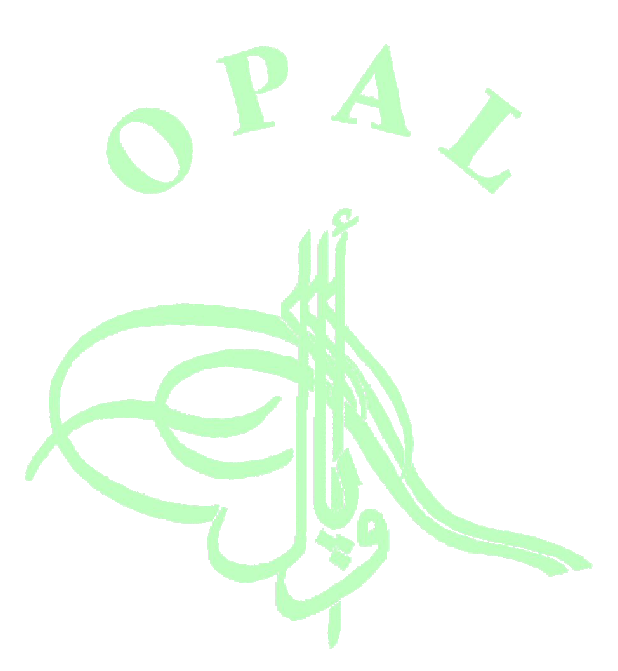
Oriental Philatelic Association of London
© Martin Lovegrove 2011

JOURNAL 219 -
SG-
The allocation of the Overprints to the left or right is as follows:
|
R |
L |
R |
R |
R |
L |
R |
R |
L |
L |
|
L |
L |
L |
L |
R |
R |
R |
R |
R |
R |
|
R |
R |
L |
R |
R |
L |
? |
R |
R |
R |
|
R |
R |
R |
R |
R |
? |
? |
R |
R |
R |
|
L |
R |
R |
R |
R |
R |
R |
R |
R |
R |
|
L |
R |
R |
R |
R |
R |
R |
R |
R |
L |
|
R |
R |
R |
R |
R |
R |
R |
L |
R |
R |
|
R |
R |
R |
R |
R |
R |
R |
R |
R |
R |
|
R |
L |
R |
L |
R |
R |
L |
R |
R |
R |
|
L |
R |
R |
L |
L |
R |
R |
L |
R |
R |
Unfortunately, the overprints on the sheet shown are not very clear and many times the overprint is over inked, making it impossible in some cases to determine the direction of the overprint. These positions are indicated in the table above with a question mark (?). However, the relative number of overprints to the left is 21 stamps and 76 stamps with the overprint to the right. Furthermore, it is clear that at least 2 different printing plates were used for the small sized stamps. Further research is required by some specialists.